ANZAC Day & the NZ Novel
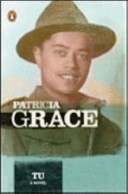 April 25 is ANZAC day, the day in which New Zealanders and Australians jointly commemorate their dead of the First and Second World wars.
April 25 is ANZAC day, the day in which New Zealanders and Australians jointly commemorate their dead of the First and Second World wars.
Symbolised by the red poppies of the Flanders fields where so much of World War one was fought, and by dawn ceremonies at war memorials throughout the country, the date marks the landing of British and allied troops at Gallipoli, in Turkey, on April 25, 1915.
ANZAC stands for Australia New Zealand Army Corps, which is why April 25 is marked in both countries. The landing place at Gallipoli is known as ANZAC Cove.
ANZAC Day is also considered significant because the ANZAC experience in World War One is often cited as a significant influence in New Zealand and Australia beginning to chart their own courses as nations, distinct from that of the United Kingdom.
 Interestingly, ANZAC is not as distinct a theme in New Zealand literature as one might have expected. I can recall no NZ novels that address the World War one experience, including Gallipoli, with the exception of Maxine Alterio’s 2012 novel, The Lives We Leave Behind, which features NZ nurses.
Interestingly, ANZAC is not as distinct a theme in New Zealand literature as one might have expected. I can recall no NZ novels that address the World War one experience, including Gallipoli, with the exception of Maxine Alterio’s 2012 novel, The Lives We Leave Behind, which features NZ nurses.
 In terms of World War Two, MK Joseph’s A Soldier’s Tale (republished in 2010) made a powerful impression when I read it at high school, while Patricia Grace’s Tu (2004) is firmly grounded in the NZ Maori Battalion experience of the War.
In terms of World War Two, MK Joseph’s A Soldier’s Tale (republished in 2010) made a powerful impression when I read it at high school, while Patricia Grace’s Tu (2004) is firmly grounded in the NZ Maori Battalion experience of the War.
 Acclaimed NZ children’s book, A Nice Day For A War (20, described as “graphic novel or illustrated history book” addresses “one Kiwi soldier’s experience of life in the Great War, from training at Trentham to the trenches of Flanders and the battle of Messines.”
Acclaimed NZ children’s book, A Nice Day For A War (20, described as “graphic novel or illustrated history book” addresses “one Kiwi soldier’s experience of life in the Great War, from training at Trentham to the trenches of Flanders and the battle of Messines.”
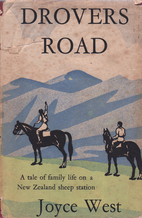 However, although I recall other novels, both adult and children’s, that refer back to World War Two, such as Joyce West’s Drover’s Road and Mary Scott’s Breakfast at Six, my overall impression is that there is a paucity of NZ novels that deal directly with the ANZAC experience of World War One or World War Two.
However, although I recall other novels, both adult and children’s, that refer back to World War Two, such as Joyce West’s Drover’s Road and Mary Scott’s Breakfast at Six, my overall impression is that there is a paucity of NZ novels that deal directly with the ANZAC experience of World War One or World War Two.
I find this interesting, especially after over a century having now passed since April 25, 1915 and the landing at ANZAC Cove.
I’d be equally interested to know if any of you have thoughts on why that might be—as well as the names of New Zealand ANZAC-themed novels that have not crossed my radar.


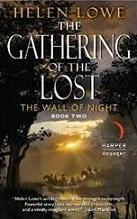
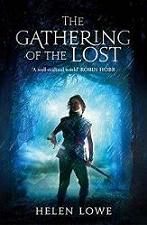
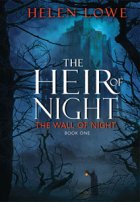
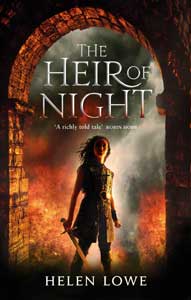


Hi Helen,
To my mind a fictional play must come under the broader heading of novel in which case Maurice Shadbolt’s Once on Chunuk Bair must be a contender. Thanks for the others.
Graeme
Yes, good call: I agree that “Once on Chanuk Bair’ should be counted. As you’ll see from Friday’s post I’ve since discovered some recent children’s titles but still very little in terms of adult writing.